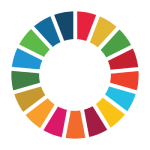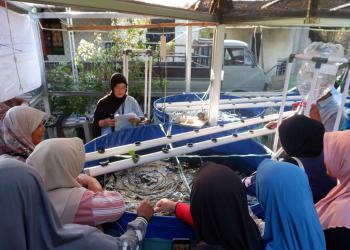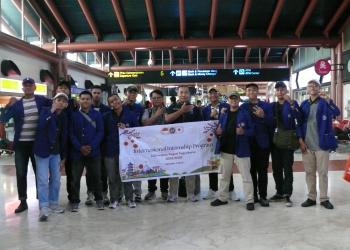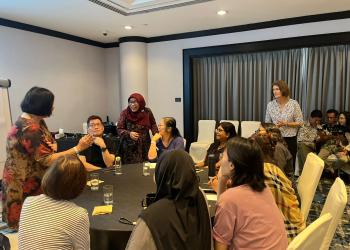The PPK Ormawa BEM FMIPA UNY team conducted a workshop for the community of Prawatan Village, Jogonalan District, Klaten Regency, focusing on catfish farming using an IoT-based integrated biofloc-hydroponic system. The event featured Ahmad Ardan Ardiyanto, owner of Dewaponik and a nationally recognized hydroponic practitioner and innovator, as the main speaker.
The workshop covered topics such as biofloc pond management, hydroponic maintenance techniques, and strategies for...











